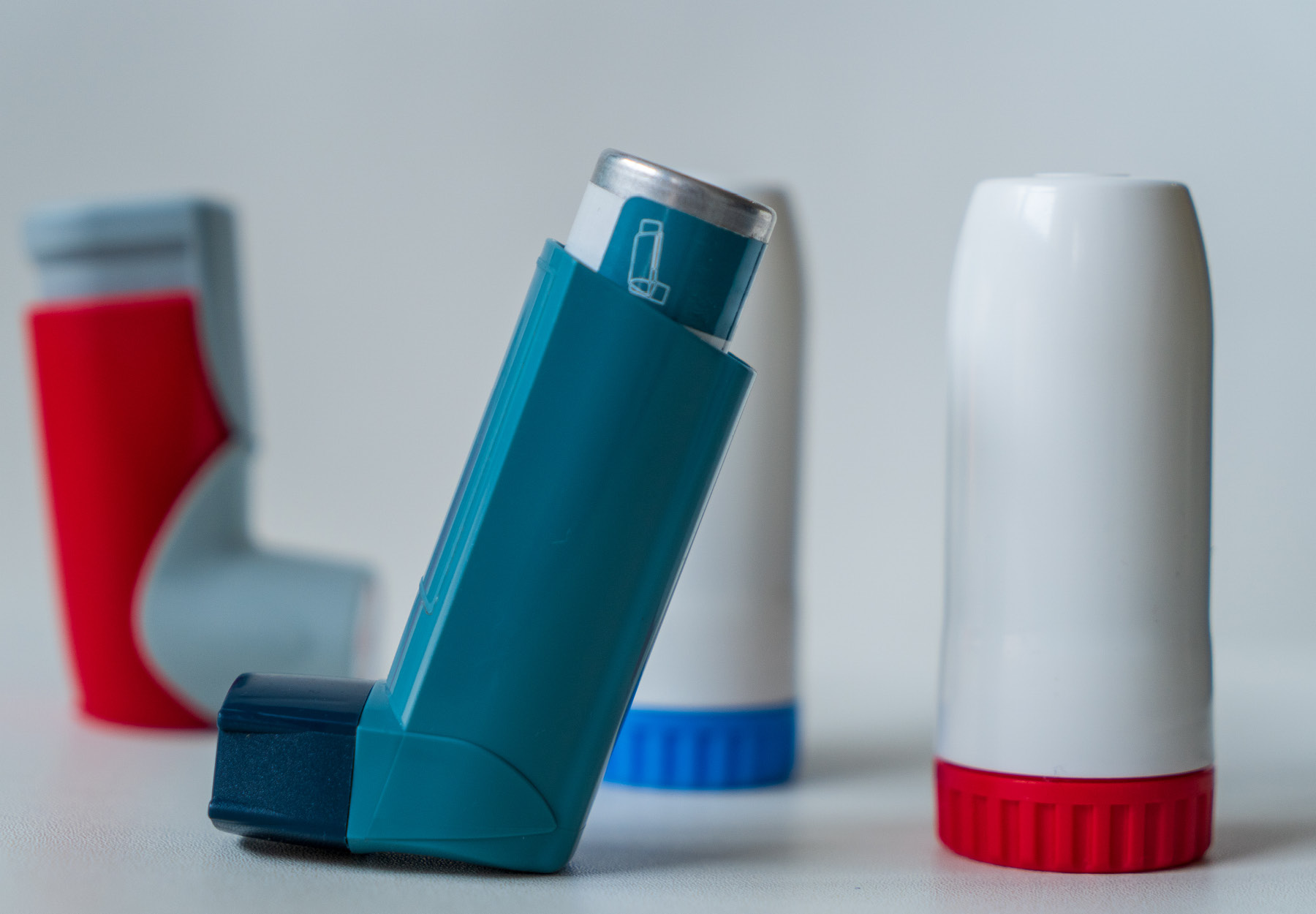Smart Inhalers May Enable Better Management of Respiratory Disorders
Inhalers and sensors that offer digital monitoring are beginning to gain FDA approval, and could solve usage issues of traditional products.

Subscribe to Clinical Diagnostics Insider to view
Start a Free Trial for immediate access to this article